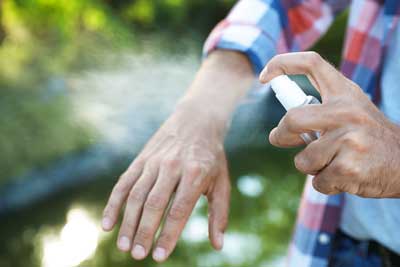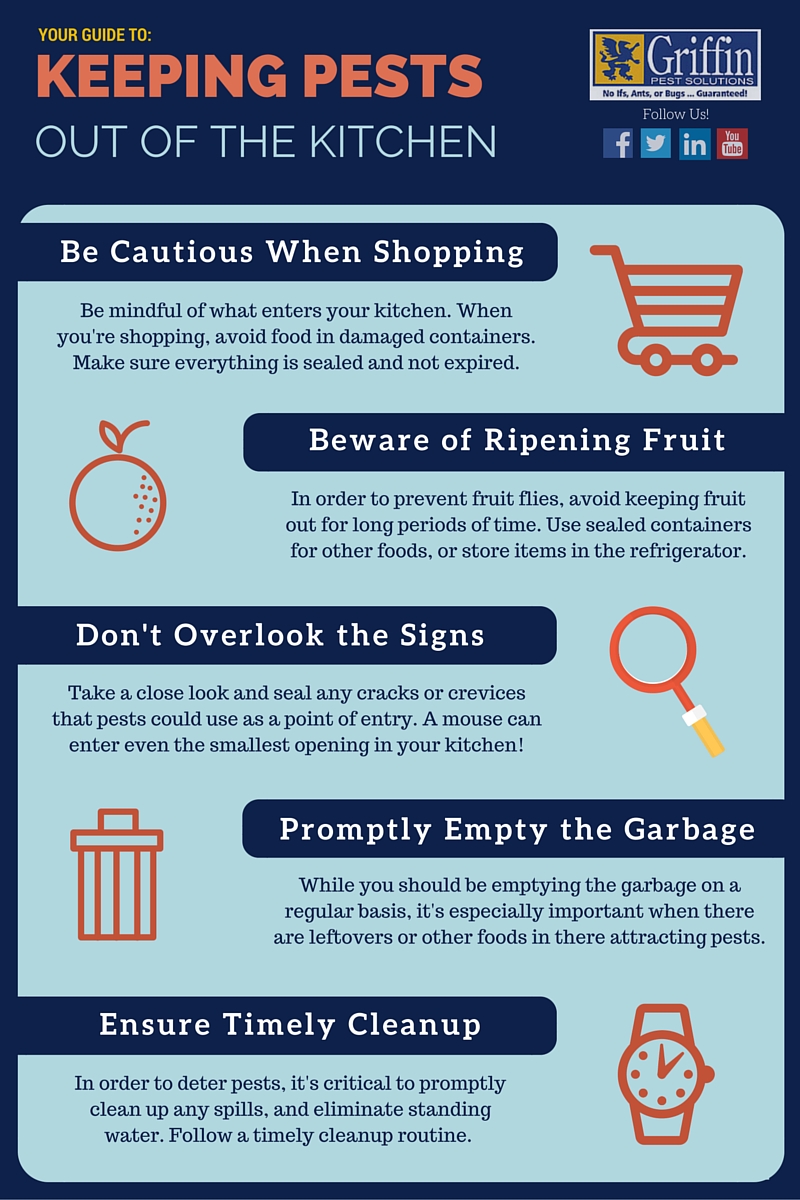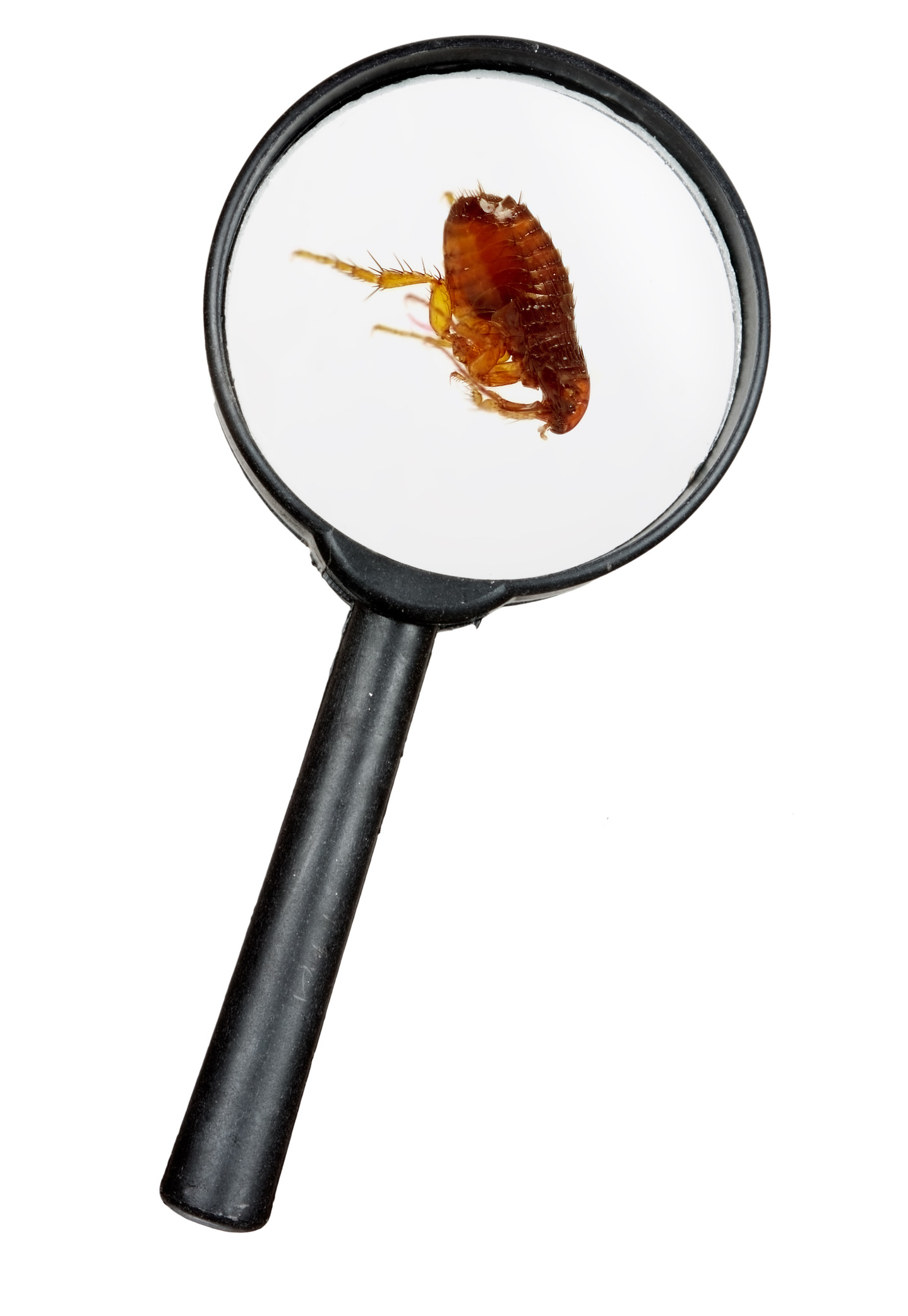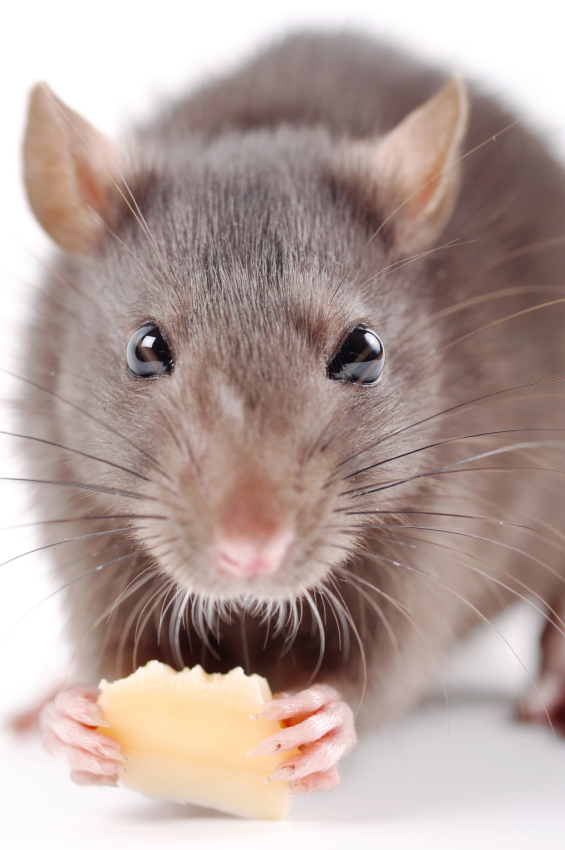You might be wondering why you should need to protect your trash bin from outdoor pests. Everything in it is garbage, after all. The problem is that after pests get used to eating garbage from your bin, they start to get bolder. Smaller pests like rodents and roaches will start looking for ways to get into your house, since they’re nearby anyway. Larger pests, like raccoons, will start to lose their fear of humans, which can be dangerous.
One of the best ways you can keep pests away from your home and property is by depriving them of an easy meal at your garbage bin. Follow these steps to make sure your bin is secured… so the only thing getting in and out of it is you.
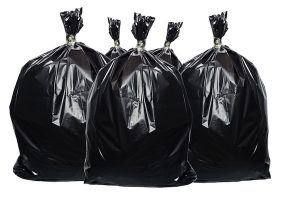
Only Throw Bags in Bin
It’s probably tempting to throw trash from your car directly into your bin when you get home, but it’s a bad idea. Loose garbage smells, attracting pests from near and far. It’s also a lot easier to get to and eat than food kept in a tied bag.
Throw any trash your home produces into bags before it goes out into the bin. The only thing that should go into your outdoor bin should be garbage bags. Make sure the garbage bags aren’t broken, and seal them tightly. If you only store bags in your bin, it’ll stay clean longer and won’t attract nearly as many pests.

Fasten Lid with Bungee Cord
Pests access your garbage bin by climbing up to the lid and squeezing under to get at the garbage inside. Pests can squeeze through tiny gaps, so if you’re going to secure your bin’s lid, you need to make sure it’s tightly and securely fastened down.
Make a chain of a couple bungee cords. Wrap them under and then over the bin from bottom-to-top, so that the pressure of the strain produced by the cords is weighing down on the lid of the trash can. Make sure there’s no slack in your bungee cord chain. If you made it tight enough, it should be impossible for any pests to open the lid and get into the bin. Unfasten the cord chain carefully before opening the lid yourself.
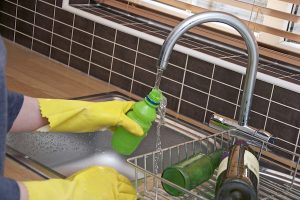
Rinse Liquids Out Before Disposing
Moisture, especially sugary moisture, attracts pests even more than easy food. Any trash that generates condensation or contains liquid will be like a beacon to thirsty pests.
Before disposing of recyclables like cans, bottles, or paper cups, make sure you rinse them out to get rid of any leftover fluid inside the receptacle. Do the same for any trash containing moisture, such as TV dinners or juice boxes. Dry the outside of the trash after rinsing.

Empty Once a Week
This one is obvious, but make sure your neighborhood’s garbage company empties your garbage and recycling bins once a week.
Check to make sure the garbage company is effectively collecting all of your trash. After their weekly collection, there should be nothing in your bin whatsoever. Make sure they aren’t letting any garbage fall out of the bin or truck to litter your property, either.
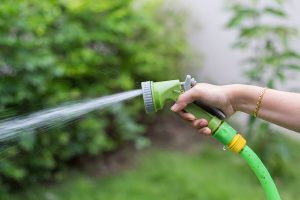
Wash Out Bin
Even if you only throw out sealed garbage bags, your bin will get dirty over time. Use your hose or a bucket of hot, sudsy water to rinse, wash, and re-rinse your garbage bin about once a month.
Scrape out any garbage residue and scrub down the inside and outside walls of the bin. Use dishwashing soap or another heavy-duty cleaning agent. Once you’re done, rinse out the inside and outside thoroughly. Repeat until your bin is totally clean.

Store Away From House
It’s a good idea to keep your outdoor garbage bin about 10 feet away from your house, even if it isn’t garbage day. That way, when pests come to check out the bin, they won’t associate it with your house and start to look for a way in.
This is especially important if your garbage bin smells, though regular cleaning should help remedy that problem.
Securing your garbage and recycling bins is a simple but effective way to keep pests out of your home and property. It’s also a good way to promote household hygiene awareness. If you can’t think about developing better pest-proofing habits until you’ve solved your current infestation problems, give Griffin a call today. We can make sure even the most frustrating of pests don’t trouble your home again.


